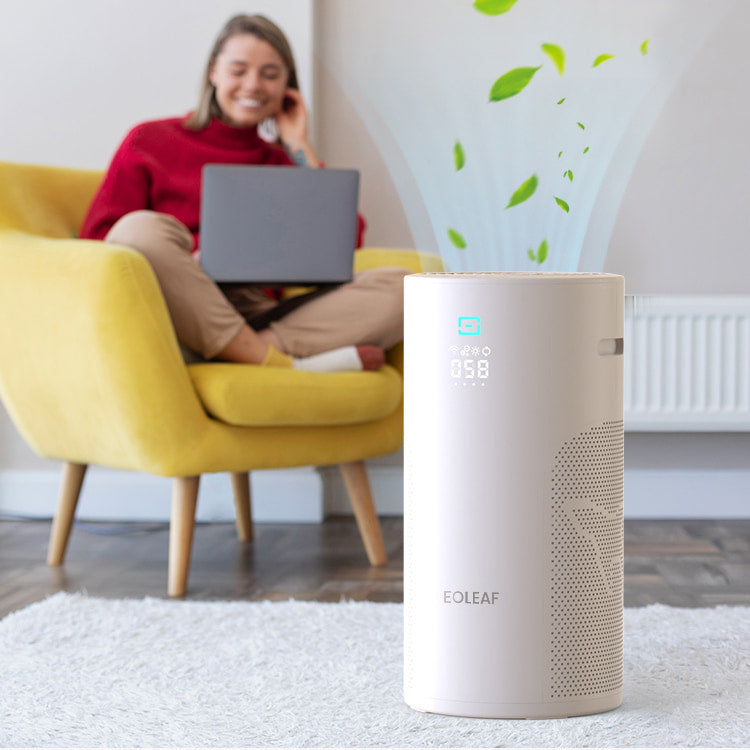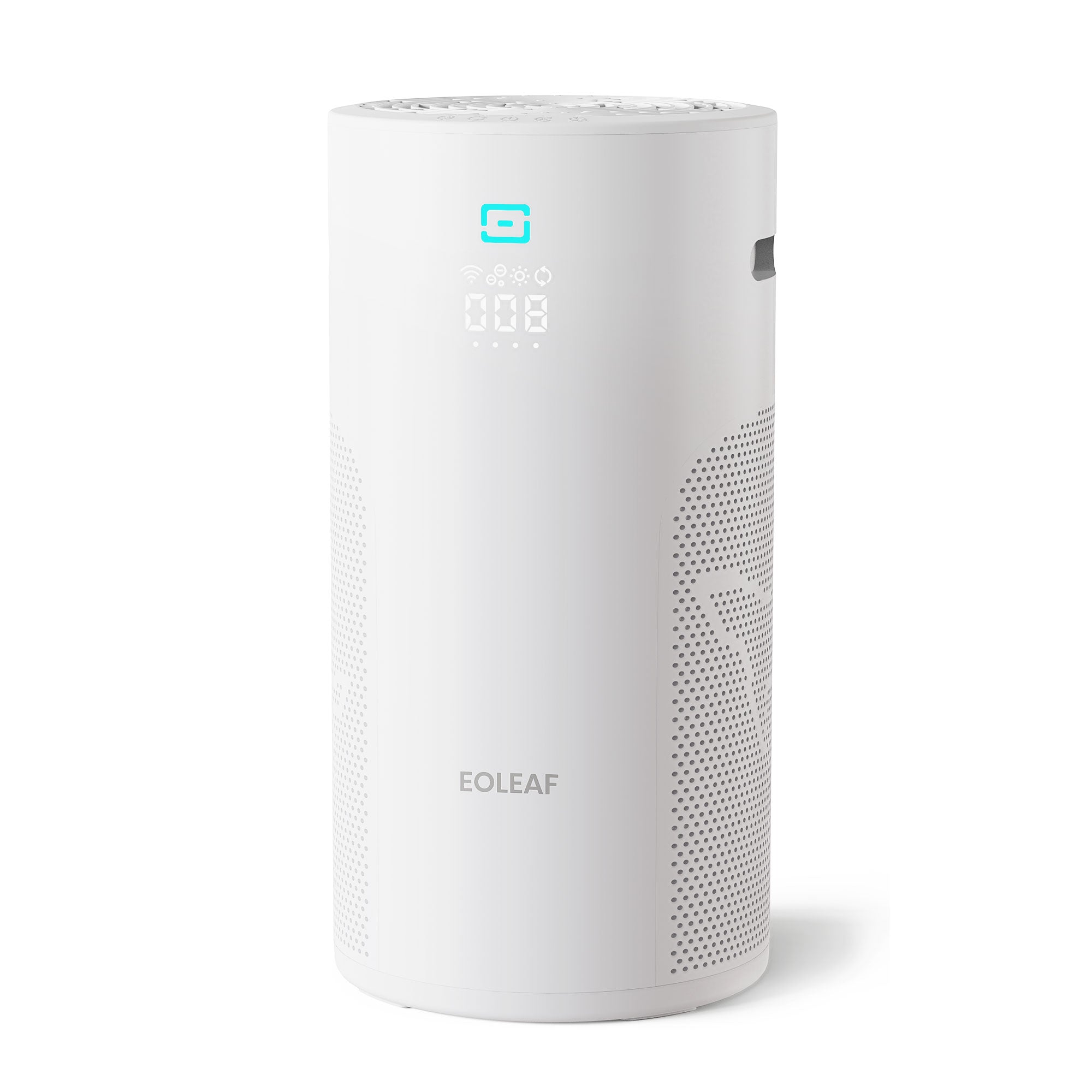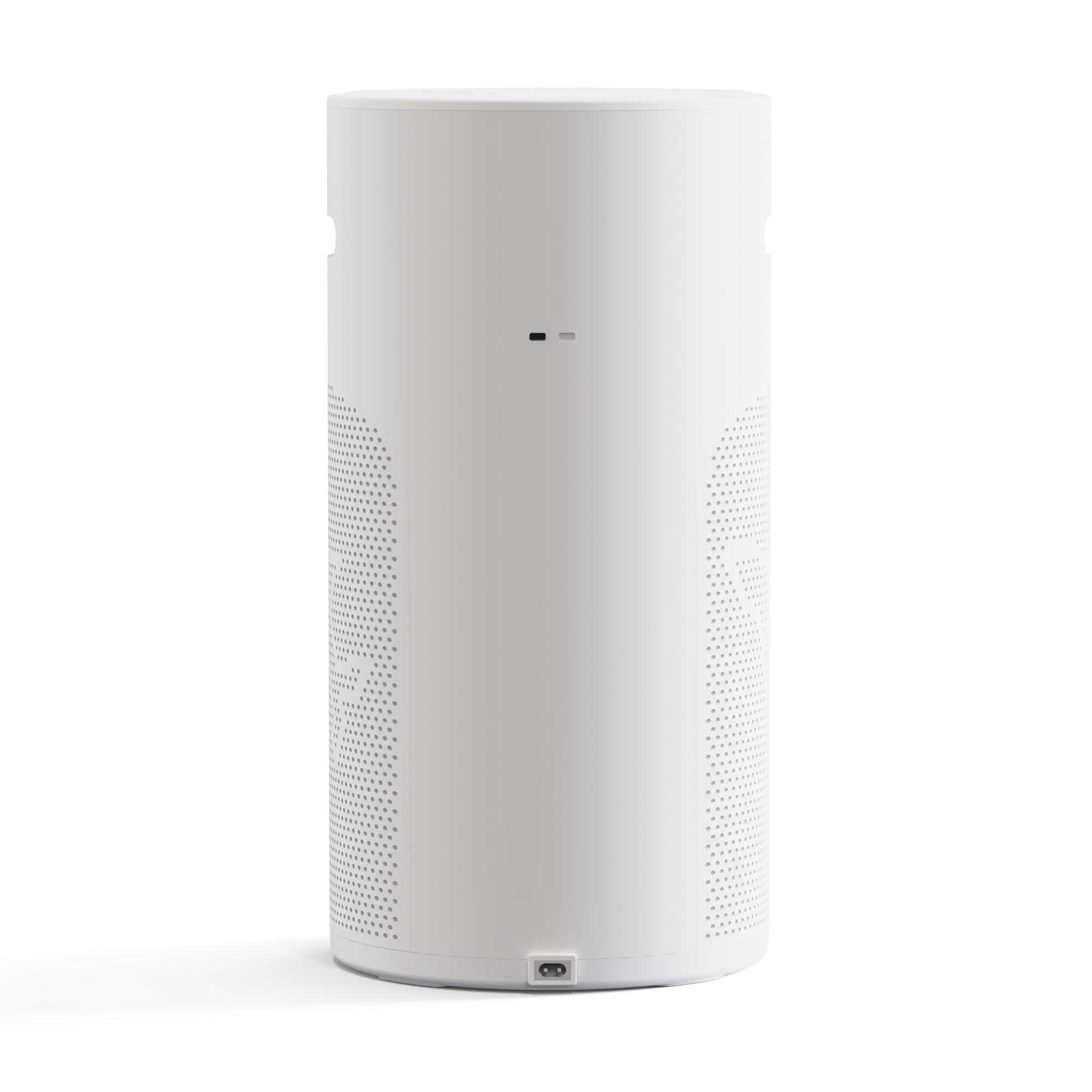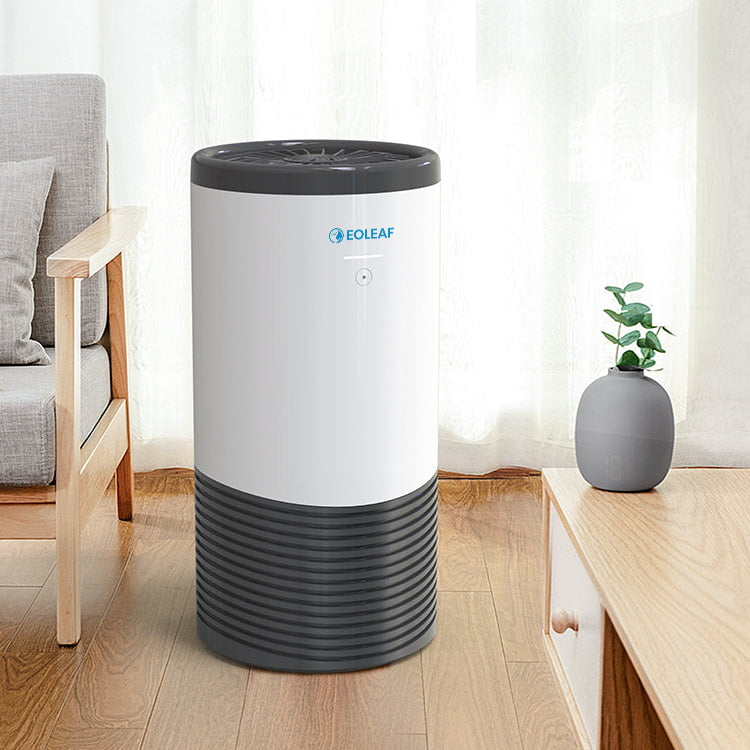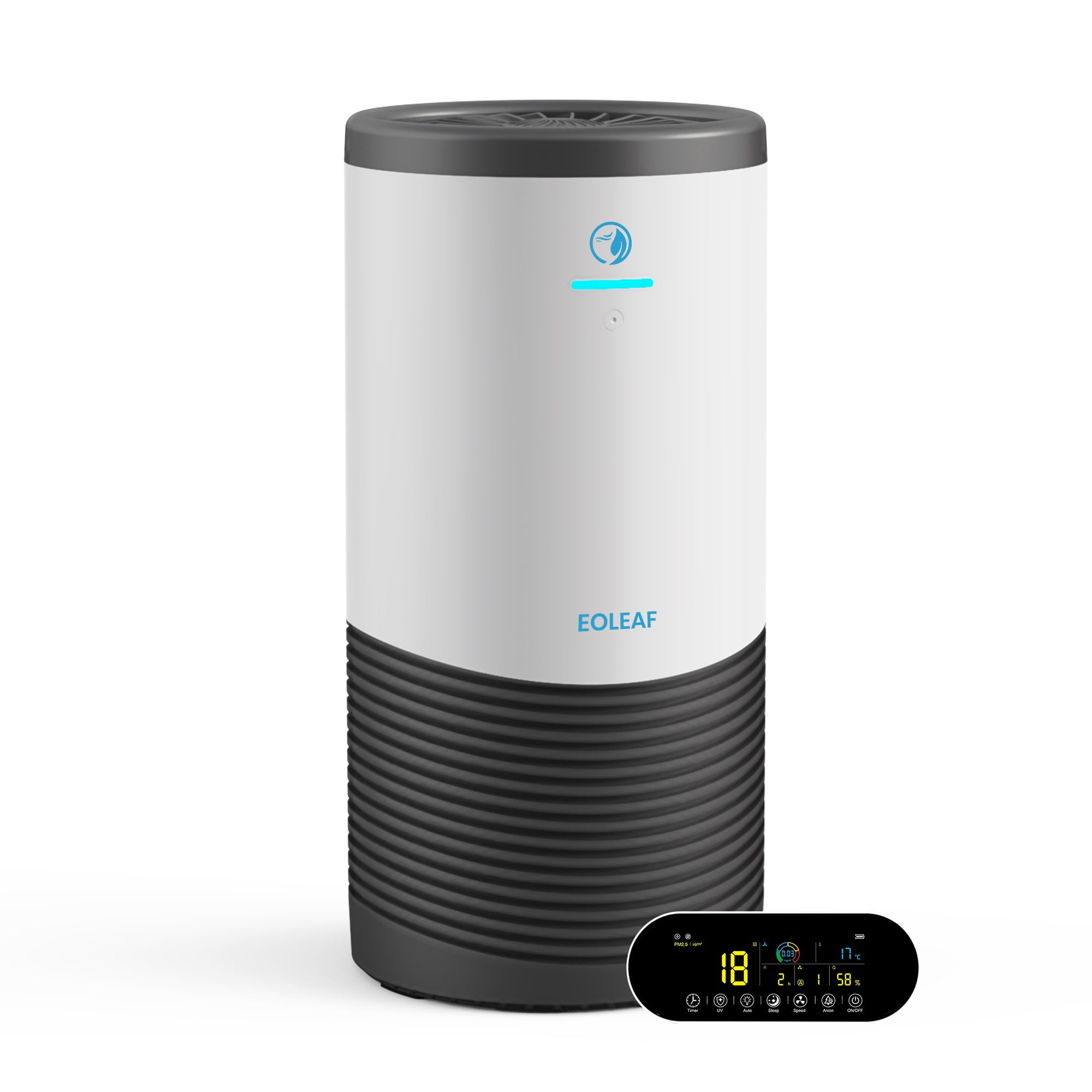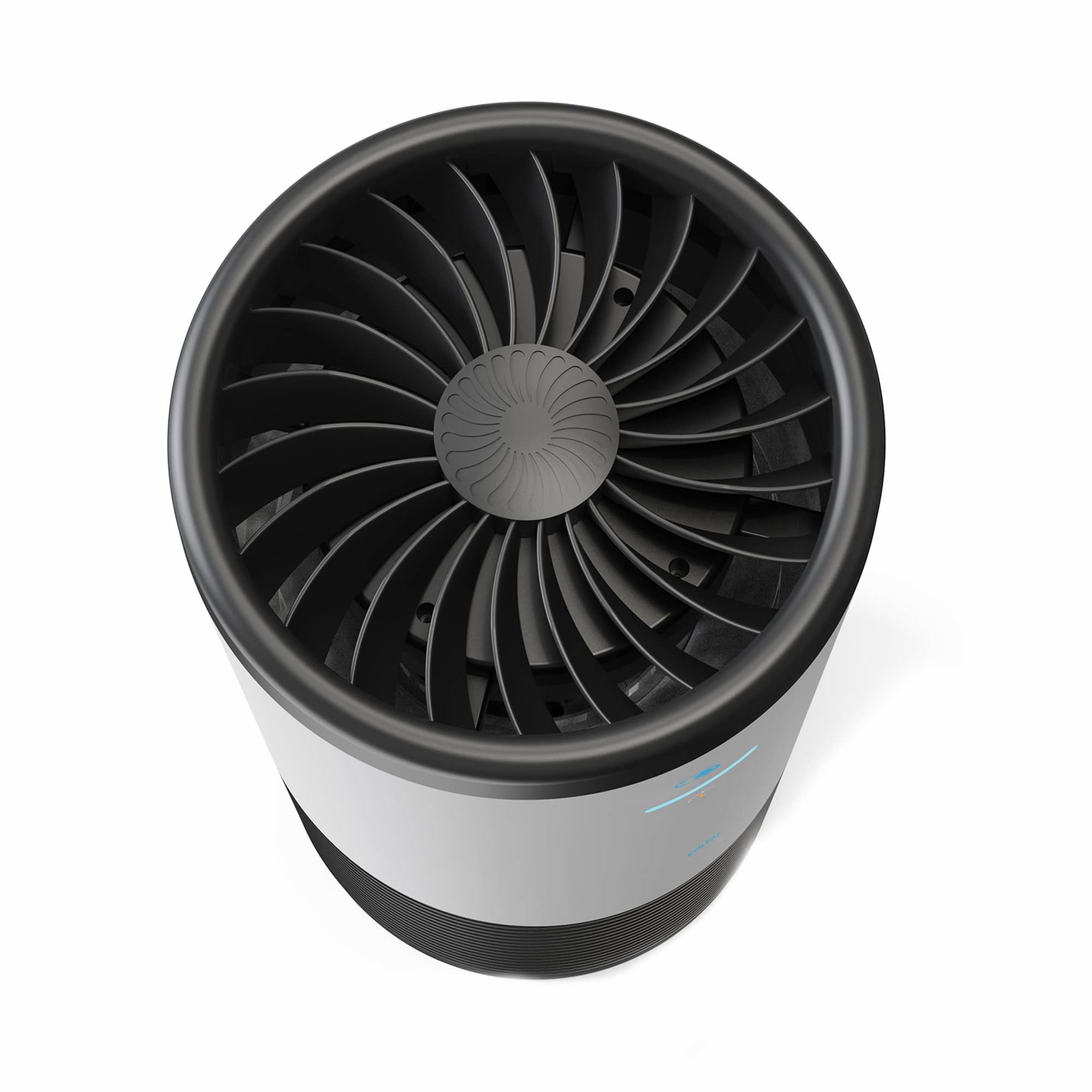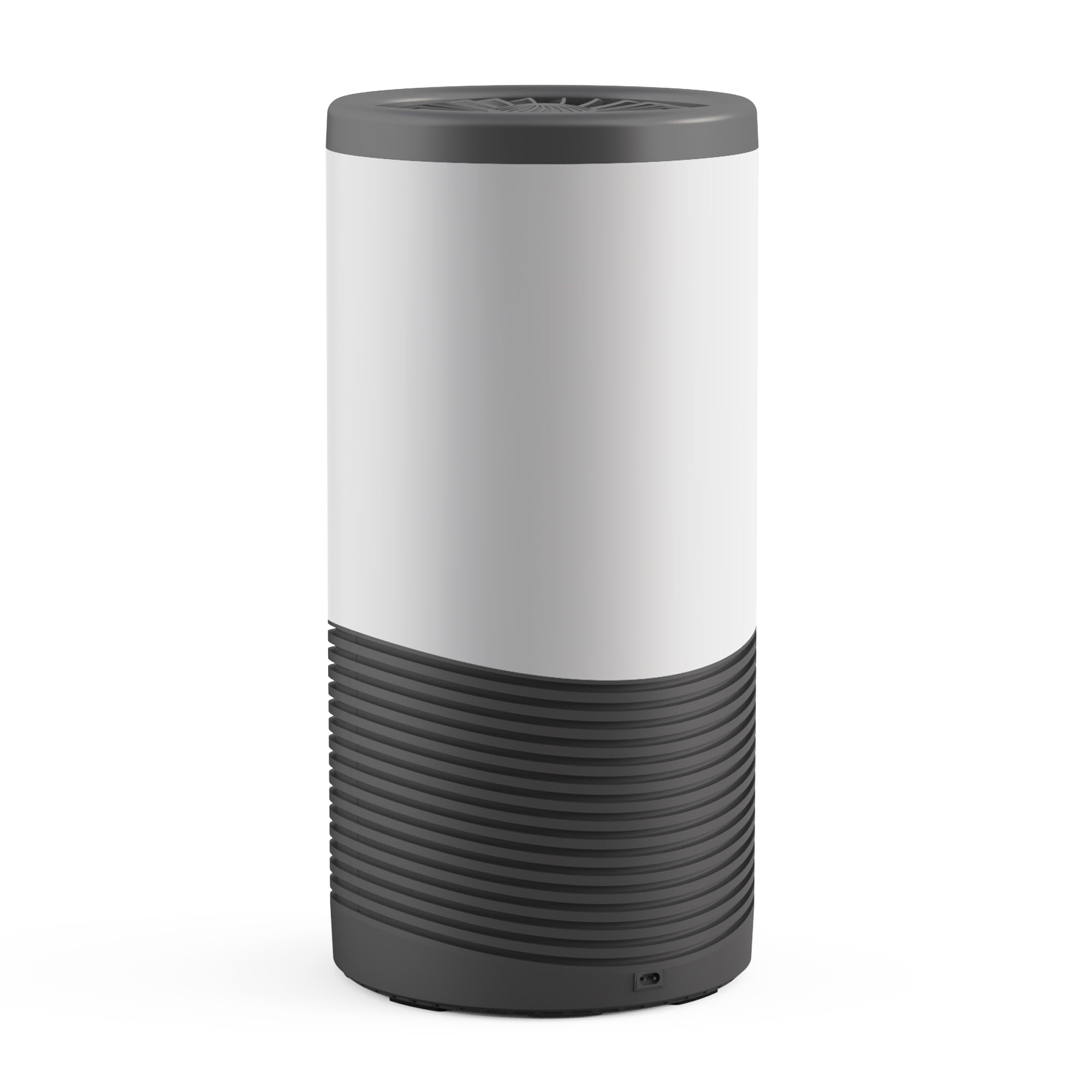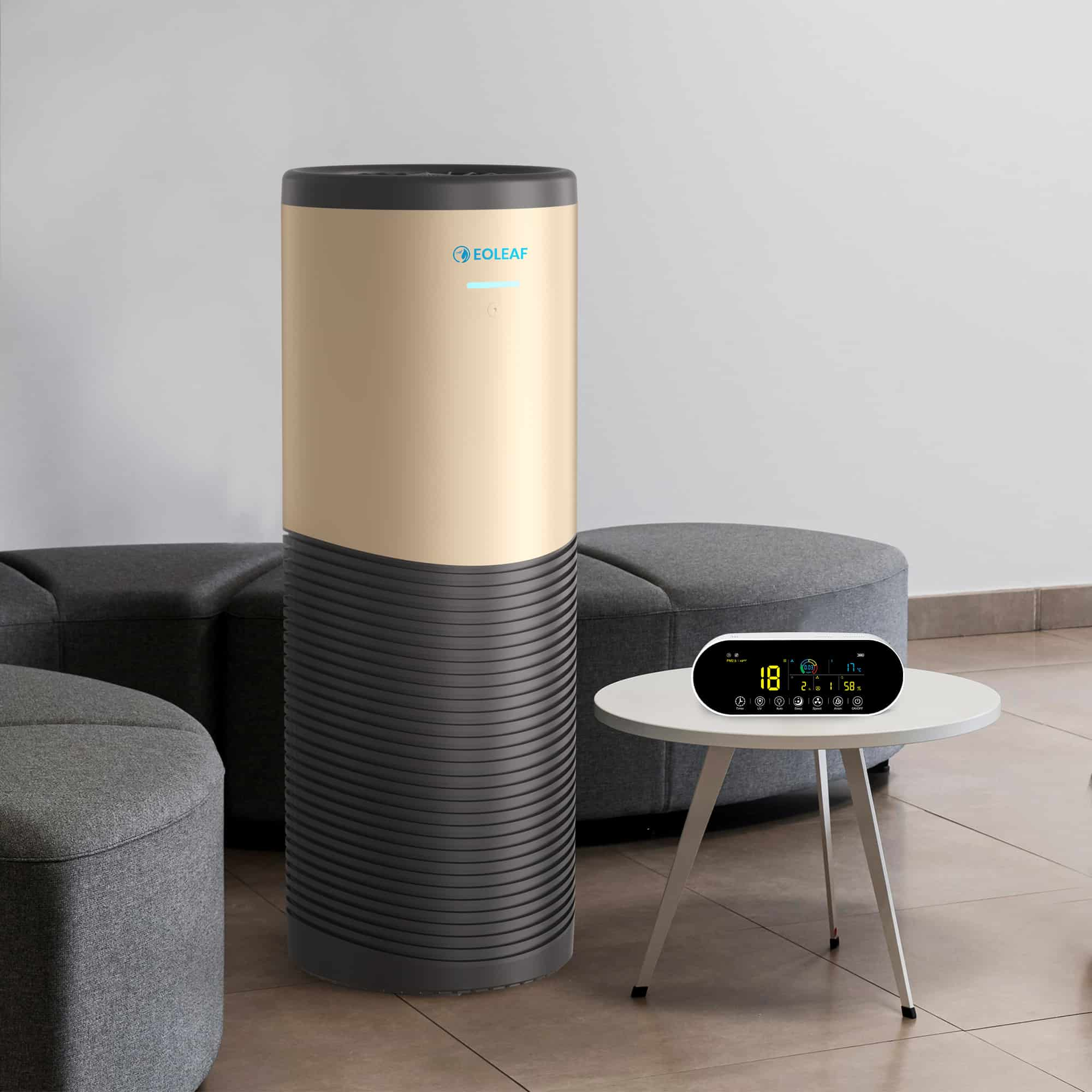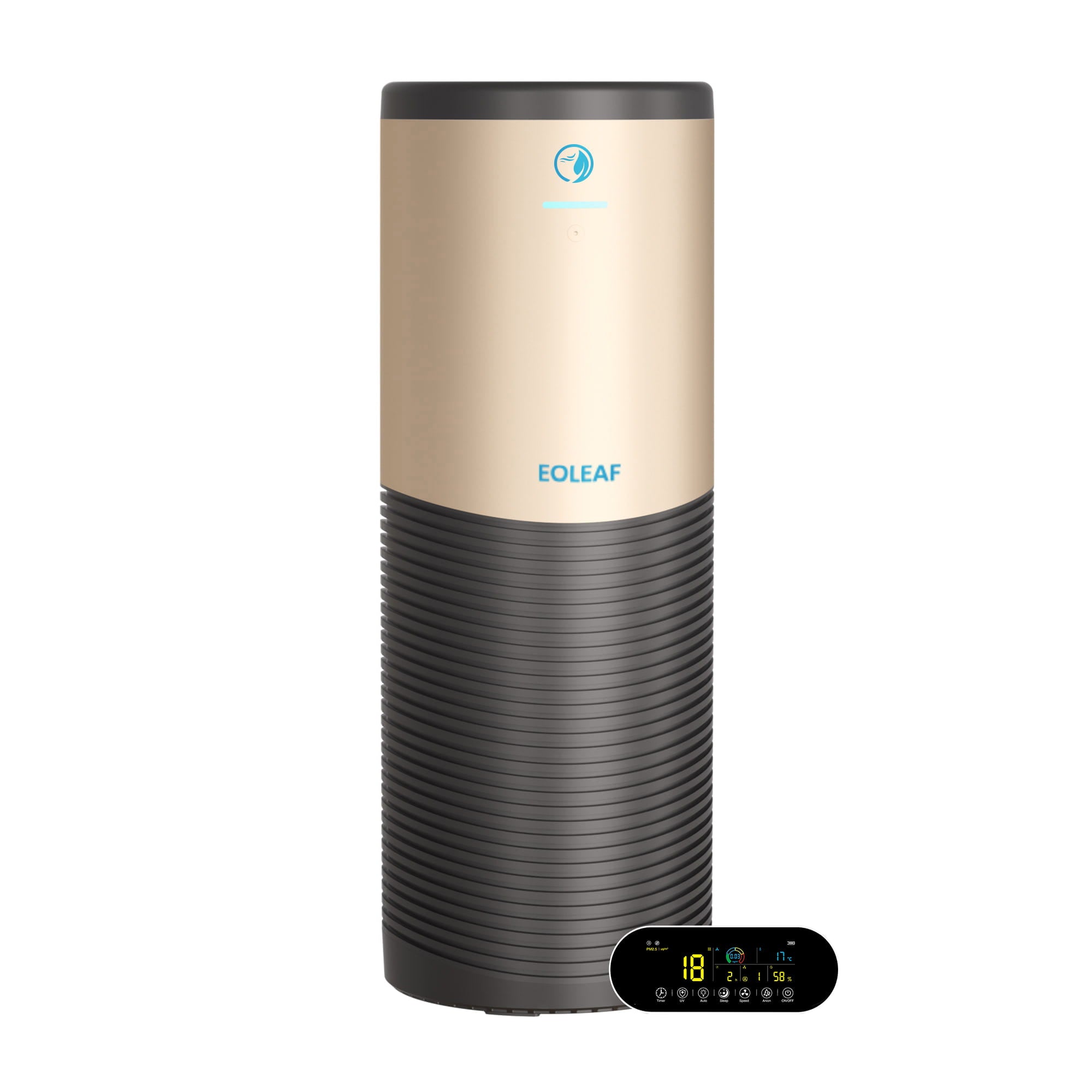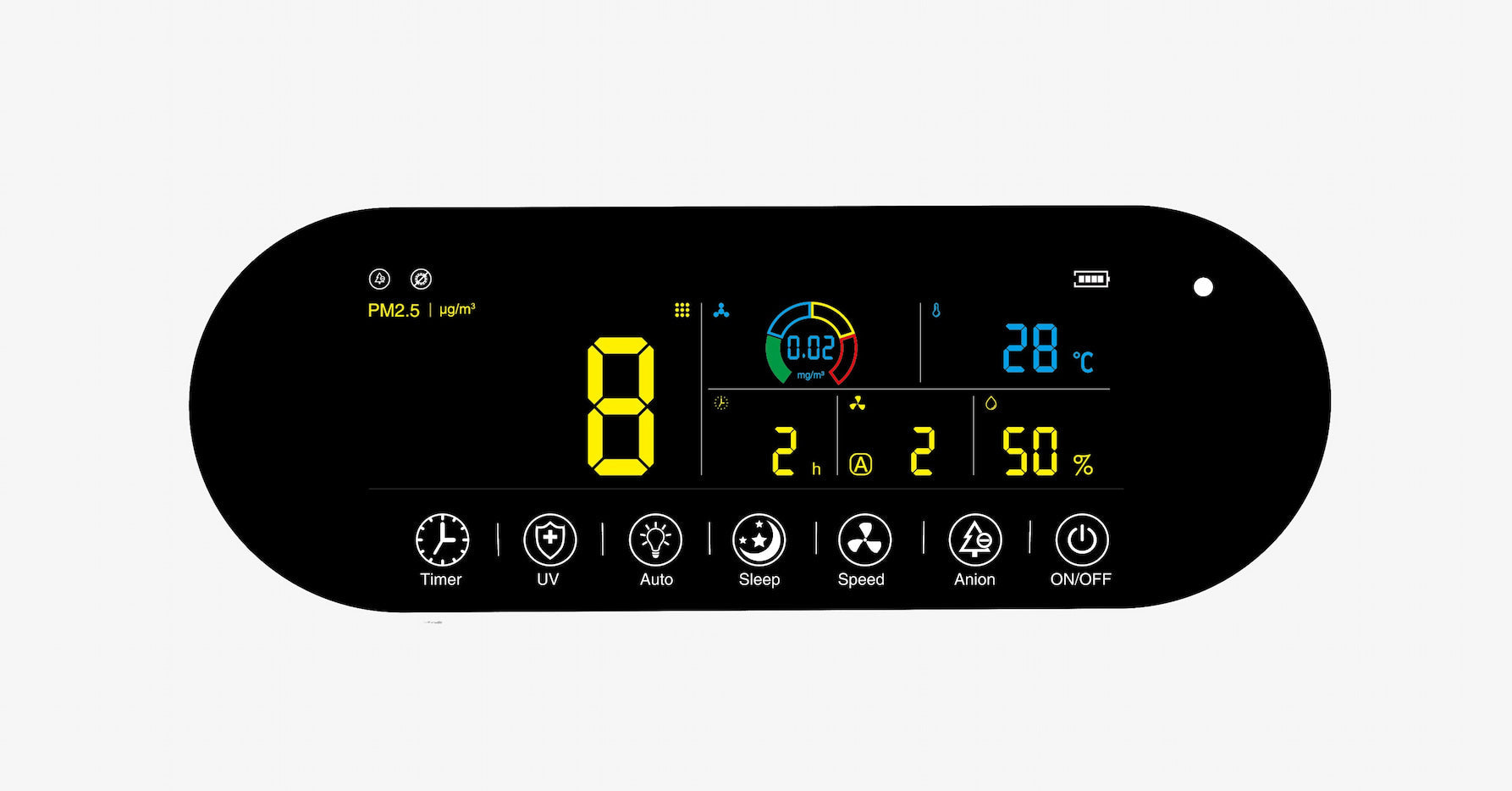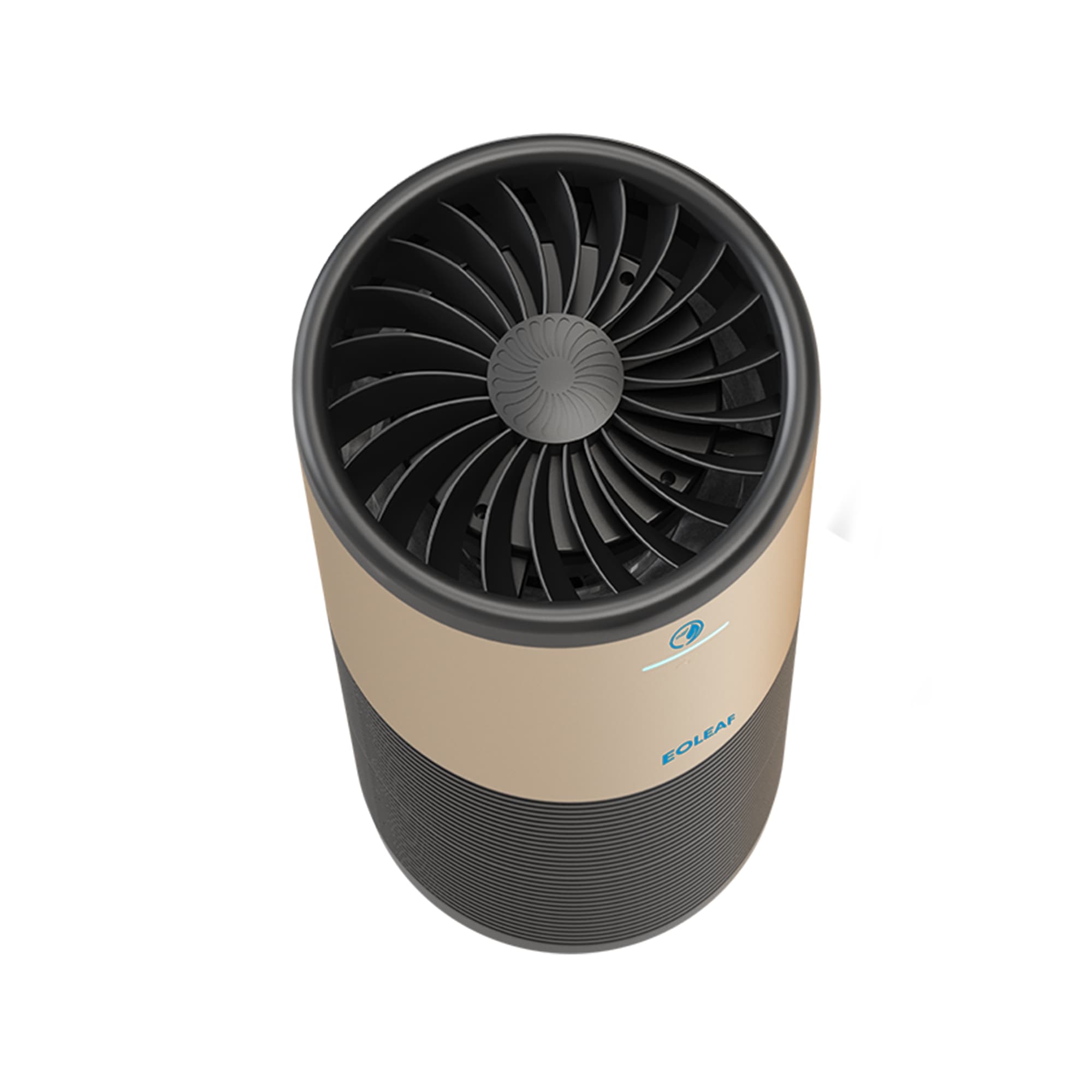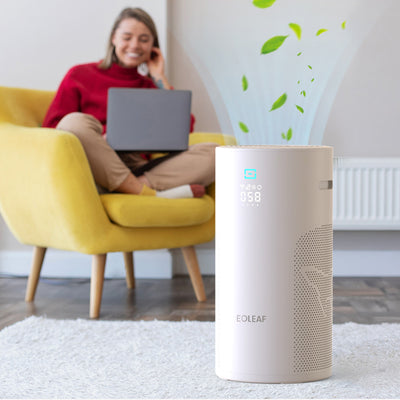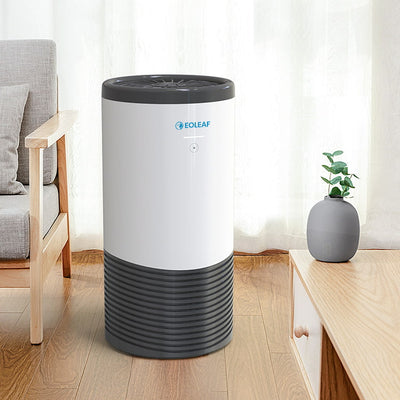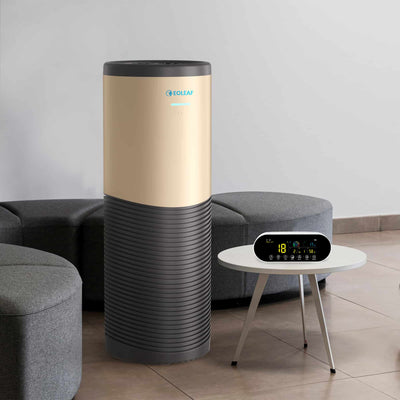The risks of air pollution on pregnant women
For both pregnant women and a growing foetus, there are a great deal of health risks that both face from the exposure of air pollution. Numerous studies have focused on this very subject, and the findings are frightening: air pollution can lead to serious birth outcomes. What are the risks posed by poor air quality on foetal development and maternal health? How can pregnant women protect themselves and their unborn children from its harmful effects? Read on to learn more.

Sources of air pollution for pregnant women
Sources of indoor air pollution for pregnant women
Air pollution has many sources indoors that not only impact pregnant women and foetal health, but it impacts anyone who lives in the space. Some of the most common sources include:
- Cigarette smoke (including second- and third-hand smoke)
- Cooking or heating with natural gas- or wood-powered stoves
- Using products containing volatile organic compounds (VOCs) like air fresheners or perfumes, aerosols, cleaning products, products used for DIY projects like adhesives and paints, and pesticides, to name a few
- New furniture releases VOCs, including formaldehyde which is a known human carcinogen, for up to two years
- Lighting candles or incense
- Materials used for construction in your building or home release chemicals for years that can lead to ‘sick building syndrome’
- This is when people living or working in a particular building fall ill, often due to lack of ventilation
- Airborne allergens like pet hair and dander, dust and dust mites, and mould and its spores
Sources of outdoor air pollution for pregnant women
Environmental air pollution has a myriad of sources and may cause negative health effects. Some may include:
- Emissions from nearby roads caused by petrol and diesel vehicles
- Power plant or other industrial emissions
- Pesticide use on agricultural lands
- Wildfires or slash-and-burn agricultural practices
- Dust from construction sites
- Allergens like pollen
Air pollutants typically enter the body through inhalation into the lungs. Once they are inhaled, due to their small size, these fine particles are able to move through the lungs and into the blood stream. This is when they are given access to other organs in the body like the brain and heart, wreaking havoc on general health.
What are the risks caused by air pollution?
A number of studies have focused on the negative health effects of air pollution on pregnant women and foetal development. The results have shown that exposure to indoor air pollution, living in urban environments, or are exposed to cigarette smoke are the most significant risk factors.

Preterm birth
According to a 2017 research study by the Stockholm Environment Institute (SEI), 2.7 million babies are born preterm each year as a result of indoor and environmental air pollution exposure. ‘Preterm’ is defined as when a baby is born at 37 weeks gestation or earlier. This equates to approximately 18% of all preterm births. Exposure to fine particle pollution, especially PM2.5, puts pregnant women at the highest risk1.
Another research study in 2019 found a correlation between environmental air pollution levels and preterm labour. Preterm labour may lead to many other issues for a growing baby including underdeveloped lungs and death of the baby during birth or shortly afterwards. The study focused mostly on the dangers of ozone, sulphur dioxide, nitrogen oxide, and nitrogen dioxide, all substances consistently found in polluted air2.
Low birth weight (LBW)
Another analysis performed in 2013 found that the presence of nitrogen dioxide in the air is a risk factor in a newborn presenting with low birth weight.
The decrease in air pollution during the 2008 Olympics in Beijing had an interesting impact on birth weight. Beijing, one of the world’s most polluted cities, saw a reduction in environmental air pollution as a result of efforts to reduce pollution levels whilst hosting the 2008 Olympic games. Women in their eighth month of pregnancy during the summer Beijing Olympics gave birth to babies that had, on average, a birth weight of 23 g heavier than babies born on the same dates in 2007 or 20093. Higher birth weights were thus associated with decreases in airborne pollutant concentrations.
Risks to the placenta
When a woman is exposed to high levels of airborne contaminants during pregnancy, these substances can cross the placenta. In 2018, a research study of new mothers in London discovered small, black spots on their placentas. These black spots are believed to be tiny carbon particles breathed in from the air which then became trapped inside cells of the placenta5.
There are certain factors that may impact how severely the effects of air pollution on foetal health are, such as:
- During which development stage the baby was exposed
- The duration and quantity of exposure
- The specific pollutant to which the baby is exposed2
Placenta vascularisation is also a common effect of air pollution.
Effects on blood pressure
A research study in Pennsylvania, United States, showed that when a woman who is pregnant is exposed to high levels of indoor and/or environmental air pollutants within the first trimester of her pregnancy, it causes an increased risk of adverse health conditions such as preeclampsia and high blood pressure4. Both of these conditions may be dangerous for both the parent and the baby, potentially requiring early birth.
Spontaneous abortion/stillbirth
An additional research study in 2020 found that pregnant women exposed to particulate matter (PM), carbon monoxide (CO), and cooking smoke may lead to increased risk of spontaneous abortion and stillbirth. PM10 throughout her entire pregnancy can lead to a higher risk of spontaneous abortion, whereas exposure to PM2.5 and PM10 throughout the third trimester can increase the risk of stillbirth5.
Unfortunately, the risks of air pollution do not affect all populations equally. Low-income and minority groups not only tend to live more often in polluted areas, but other risk factors aggravate the effects of air pollution. Some of these factors include lack of access to quality prenatal care, food, and/or housing. Pregnant women, new mothers, and their infants and children living under these conditions are at much higher risk of adverse health effects due to air pollution.
Impact on fertility
A systematic review performed in 2018 analysed the scientific literature available on multiple scientific databases. The review published the following findings:
- Women who undergo in-vitro fertilisation (IVF) treatments experienced a reduced live birth rate when exposed to nitrogen dioxide and ozone, two common outdoor air pollutants
- In the general population, exposure to PM2.5 and PM10 resulted in lower fecundability
- Exposure to sulphur dioxide, nitrogen dioxide, and carbon monoxide led to higher rates of miscarriage and stillbirths6
Autism
Harvard University published a research study in 2021 with dramatic findings concerning the link between air pollution exposure and autism rates due to exposure during and after pregnancy.
The study observed that exposure to levels of 10 micrograms of PM2.5 per cubic metre of air during early childhood led to a 64% increase in the risk of autism spectrum disorder (ASD). A 31% increased risk was reported when exposure occurred during prenatal periods with the highest risk being during the third trimester7.
Asthma
The link between air pollution exposure and asthma has been well-documented. As mentioned above, because air pollution breaches the placenta, exposure to air pollutants in the womb increases the likelihood of impact on the lungs. More specifically, it increases the chance of an infant or child developing asthma later in life.
Maternal asthma may have serious health impacts on an unborn infant’s lung development. Pregnant women who have asthma and are exposed to more significant levels of nitrogen oxide and sulphur oxide are at higher risk of preeclampsia during their first trimester. During the second trimester, the risk is 10% higher, especially if exposed to carbon monoxide. Similar findings were reported according to a 2016 study on exposure to VOCs during pregnancy8,9.
Other health impacts after birth
The effects of air pollution continue to harm an infant or child as they grow. Some studies point to an increased risk of obesity and other health impacts9. Read more about the effects of air pollution on infants and children here.

How can pregnant women protect their health and the health of their foetus from the dangers of air pollution?
One way is for pregnant women to protect both themselves and their unborn infant from the harm caused by air pollution is to stay well-informed on the air quality where they live. In the UK, the Department of Environment Food & Rural Affairs (DEFRA) has created a website that allows residents to track the status of air quality on any given day. Check regularly to get an understanding of pollution trends in your area: https://uk-air.defra.gov.uk/. When the air quality is low, pregnant women, new mothers, and their infants and children (and anyone else at high risk) should avoid the outdoors as much as possible. Another helpful way to avoid the harmful effects of air pollution is to avoid all types of smoke, especially cigarette smoke.
Sometimes exposure to air pollution is beyond our control. The air pollution from outdoors often gets trapped indoors, causing our homes and workplaces to be 2 to 5 times more polluted than outdoors. These numbers may reach up to 100 times more polluted when polluting products are used indoors. The best way to avoid indoor air pollution is to invest in and install an air purifier.
Protect your health with Eoleaf
An air purifier can help protect you from a variety of pollutants found in our breathing air. These pollutants may include germs (viruses and bacteria), moulds and spores, allergens, and particulate matter, to name a few.
Here at Eoleaf, our air purifiers come equipped with the most advanced filtration technologies available. Our filters are all HEPA (high efficiency particulate air)-certified, meaning that they can filter 99.97% of particles of a size greater than or equal to a diameter of 0.01 µm in a single pass. Our devices also contain activated carbon filters which remove the very pollutants from the air that may cause air pollution-caused diseases, especially ones that endanger pregnant women and foetal health.
Reach out to our team of experts today to find the device that best suits your needs and start breathing fresher, purer air.

References
1 Malley, C. S., Kuylenstierna, J. C. I., Vallack, H. W., Henze, D. K., Blencowe, H., & Ashmore, M. R. (2017). Preterm birth associated with maternal fine particulate matter exposure: A global, regional and National Assessment. Environment International, 101, 173–182. doi:10.1016/j.envint.2017.01.023
2 MediLexicon International. (2020, October 29). Air pollution and pregnancy outcomes: What are the effects? Medical News Today. Retrieved February 1, 2023, from https://www.medicalnewstoday.com/articles/air-pollution-and-pregnancy-outcomes#air-pollution-and-pregnancy
3 Yang J, Chen X and Yamamoto Y (2023) The final 28 Days:Prenatal exposure to air pollution and child anthropometric outcomes, Journal of Environmental Management, 10.1016/j.jenvman.2023.118289, 342, (118289), Online publication date: 1-Sep-2023.
4 Lee PC, Roberts JM, Catov JM, Talbott EO, Ritz B. First trimester exposure to ambient air pollution, pregnancy complications and adverse birth outcomes in Allegheny County, PA. Matern Child Health J. 2013 Apr;17(3):545-55. doi: 10.1007/s10995-012-1028-5. PMID: 22544506; PMCID: PMC3636771.
5 Grippo A, Zhang J, Chu L, Guo Y, Qiao L, Zhang J, Myneni AA, Mu L. Air pollution exposure during pregnancy and spontaneous abortion and stillbirth. Rev Environ Health. 2018 Sep 25;33(3):247-264. doi: 10.1515/reveh-2017-0033. PMID: 29975668; PMCID: PMC7183911.
6 Conforti A, Mascia M, Cioffi G, De Angelis C, Coppola G, De Rosa P, Pivonello R, Alviggi C, De Placido G. Air pollution and female fertility: a systematic review of literature. Reprod Biol Endocrinol. 2018 Dec 30;16(1):117. doi: 10.1186/s12958-018-0433-z. PMID: 30594197; PMCID: PMC6311303.
7 Lin, C.-K., Chang, Y.-T., Lee, F.-S., Chen, S.-T., & Christiani, D. (2021). Association between exposure to ambient particulate matters and risks of autism spectrum disorder in children: A systematic review and exposure-response meta-analysis. Environmental Research Letters, 16(6), 063003. doi:10.1088/1748-9326/abfcf7
8 Mendola P, Wallace M, Liu D, Robledo C, Mӓnnistӧ T, Grantz KL. Air pollution exposure and preeclampsia among US women with and without asthma. Environ Res. 2016 Jul;148:248-255. doi: 10.1016/j.envres.2016.04.004. Epub 2016 Apr 15. PMID: 27085496; PMCID: PMC4874861.
9 Horsager-Boehrer, R. (2019, October 15). 4 tips to reduce air pollution risks during pregnancy: Your pregnancy matters: UT southwestern medical center. Your Pregnancy Matters. Retrieved February 1, 2023, from https://utswmed.org/medblog/4-tips-reduce-air-pollution-risks-during-pregnancy/
Eoleaf's range of air purifiers
NeoPur 400 air purifier
40 m² (450 sq ft) coverage area - Smart & Connected
TeraPur 600 air purifier
80 m² (850 sq ft) coverage area - Ultimate all-in-one
AltaPur 700 air purifier
120 m² (1300 sq ft) coverage area - Professional model
PurCar air purifier
HEPA H13 Filter & Ioniser - For all vehicles

